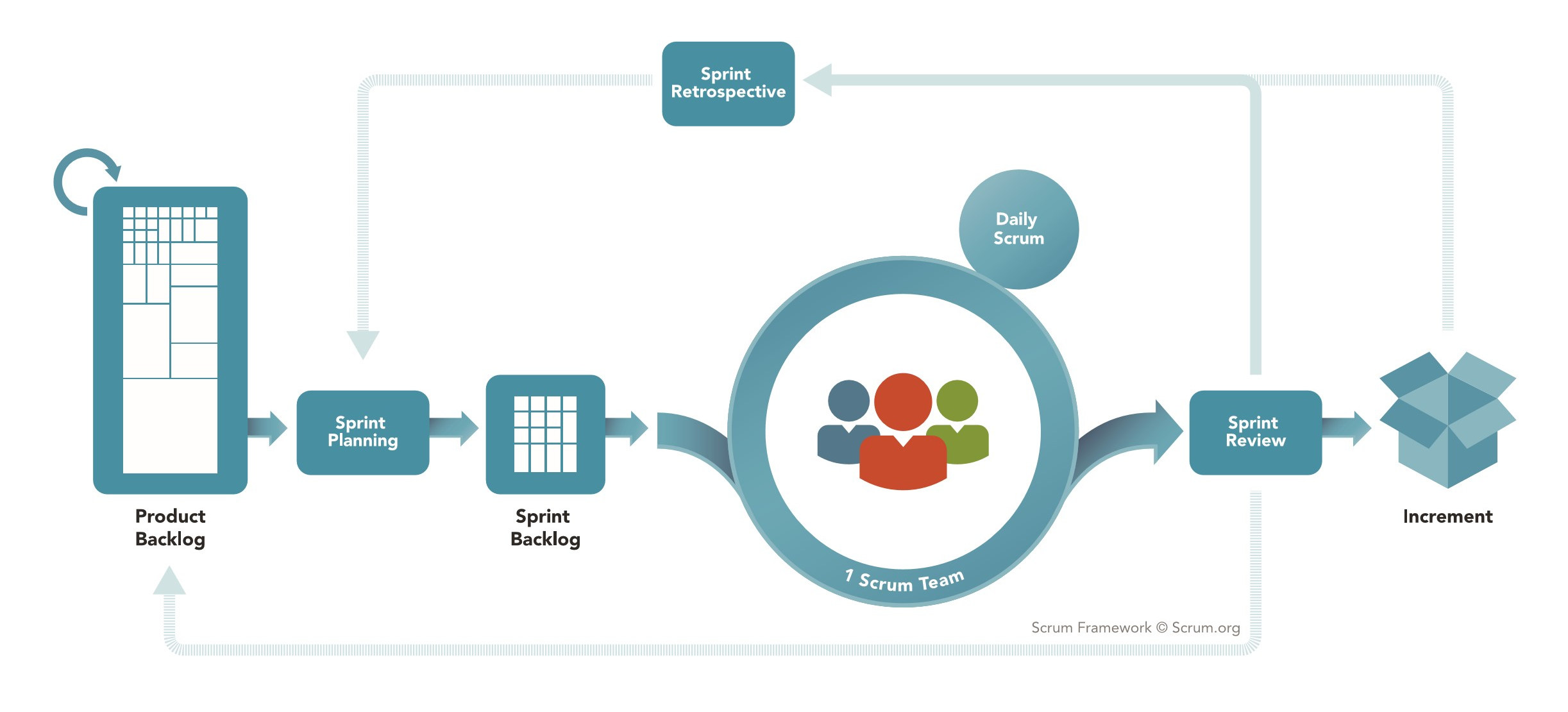Scrum Guide 2020 - Same same, but very different
Published November 18, 2020

DevOps Consultant
Jesper Fernström

The Scrum Guide 2020 has just been released! As Scrum is still the most popular/known agile framework in the world, this should be of interest to quite a few people! But what actually changed? Here is a quick summary.
For a bit more info, join our live event on Friday Nov 20 or watch the recording at a later time on Solidify's YouTube channel.
(TL;DR version - Just read the headings and bold text)
Shorter
This new version has a slightly simpler language and is much more "to the point" than previous version. As a result it is shorter. Down from 17 to 13 pages. If you ignore the foreword, table of contents and end note it is actually just 10 pages to read.
Moving beyond software development
As Scrum has spread outside the world of software development the language in the guide has now been changed to reflect that. The language in the guide is now entirely generic to better fit any domain.
The Scrum Team is the only team
The Scrum Team now consists of one Scrum Master, one Product Owner and Developers. There is no Development Team any more.
No roles in Scrum
Three accountabilities replace the roles in the Scum Team. Names are the same though, so still Scrum Master, Product Owner and Developers. Now, some might say this is only semantics but the word "role" is no longer present in the Scrum Guide... This is a very deliberate change by the authors. Words have power.
New topic in Sprint Planning
Used to be two, now there is three.
<ul> <li> <strong>Why is the sprint valuable?</strong></li> <li> What can be Done in this sprint?</li> <li> How will the chosen work get done?</li> </ul>Product Vision has been renamed to Product Goal
More or less... there are other nuances to this change but that is how most people will see it.
Artifacts have Commitments
This might sound strange but is actually a really neat way to deal with Definition of Done, Sprint Goal and Product Goal. They used to be "important things but not artifacts", which was pretty strange. They've now been "adopted" by one Scrum Artifact each as something the Scrum Team commits to as part of working with that Artifact. The commitments are now an integral part of each Artifact.
Product Backlog - Product Goal
The Product Goal describes what we want to achieve with our product. The Scrum Team commits to working towards that goal. The rest of the backlog is the current plan to get there.
Sprint Backlog - Sprint Goal
Exactly as above but for the Sprint. Which is exactly as it used to be, only much clearer now.
Increment - Definition of Done
The Definition of Done is the quality gate the Scrum Team commits to as part of producing Done Increments. Also exactly as it used to be but much clearer now.
All in all - Same same, but very different!
So a lot has changed. Some changes might be considered big or drastic. Or not. For anyone already deeply into Scrum there should be little or no disruption due to this. For everyone else it will be so much simpler to learn, understand and apply the framework.
Scrum on!